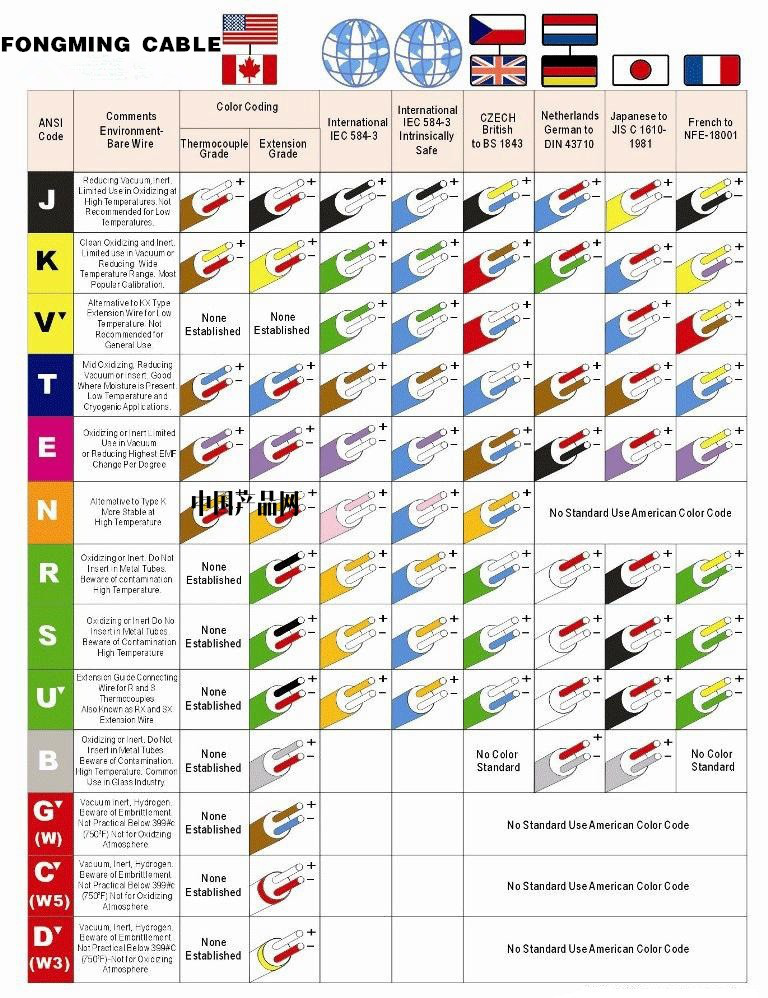In fact, the debate on the two has already begun a few years ago. High-efficiency motors are naturally energy-efficient, but they have not been accepted because of price issues. For this reason, China's energy-saving system was listed as one of the top ten energy-saving projects in China in 2008. In 2009, it added benefits to high-efficiency, ultra-high-efficiency motor applications. Civil Engineering, issued a notice on June 2, 2010, said that high-efficiency motors were included in the implementation of energy-saving products and Huimin projects, and the market promotion of high-efficiency motors attracted much attention.
The policy is "awesome"
The Ministry of Finance issued a notice on June 2 last year stating that high-efficiency motors should be included in the implementation scope of the energy-saving products and the Huimin project, and the financial subsidy should be adopted for promotion.
In order to promote the use of high-efficiency motors and promote energy conservation and emission reduction, the Ministry of Finance and the National Development and Reform Commission jointly issued the “Notice on Printing and Implementing Implementation Regulations for Energy Efficient Products Huimin Engineering High Efficiency Motors†(hereinafter referred to as “Noticeâ€), and decided to incorporate high-efficiency motors into energy-saving measures. The scope of implementation of the product Huimin Project is implemented through financial subsidies.
The "Notice" stipulates that a subsidy of 15 to 40 yuan per kilowatt shall be given to low-voltage three-phase asynchronous motors with an energy efficiency rating of 1st and 2nd and rated power from 0.55 kW (inclusive) to 315 kW (inclusive); High-voltage three-phase asynchronous motors with a standard low 20% and a rated power of 355 kW (inclusive) to 25000 kW (inclusive) give a subsidy of 12 yuan per kilowatt; permanent magnets with a rated power of 0.55 kW (inclusive) to 315 kW (inclusive) The motor gives a subsidy of 40 to 60 yuan per kilowatt.
The "Notice" made it clear that the production enterprises are the main body for the promotion of high-efficiency motors. The central government will allocate the subsidy funds to high-efficiency motor manufacturing enterprises. The production enterprises will sell them to complete sets of equipment manufacturers, such as pumps and fans, at a subsidized price.
In general, motor sales are for three types of customers: end users, agents, and equipment suppliers. The proportion of its product usage is respectively: 5% for end users, 15% for agents, and 80% for downstream machinery and equipment suppliers. It can be seen that whether the high-efficiency motor can be accepted by the market and the attitude of the machinery and equipment suppliers is the most critical.
At the same time, the National Standardization Management Committee issued the mandatory standard "Energy Efficiency Limitation and Energy Efficiency Evaluation for Small and Medium-sized Three-phase Asynchronous Motors" in 2006. The document stipulates that sales of Level 3 energy-efficiency motors will be banned after July 1, 2011, which means 2012. After the year, highly efficient energy-saving motors will fully replace traditional high-energy motors.
Therefore, we must say that the market for high-efficiency motors this year will be very optimistic.
However, the survey of the International Copper Association (Beijing) shows that the current domestic production of high-efficiency motor manufacturers only accounts for 12% of companies above designated size. Of the potential manufacturers of high-efficiency motors, 28% said that they would produce high-efficiency motors in 1 to 2 years, 41% said they would produce in 3 to 5 years, and 28% did not clearly produce high-efficiency motors. plan.
According to the research report of Securities and Futures, “The motor market is large in size, and the proportion of high-efficiency and energy-saving motors is currently low. It will show an explosive growth in the future. The size of small and medium-sized motors continues to grow and is expected to reach more than RMB 60 billion by 2012, but it is currently highly efficient. The proportion of motor applications is low, and the proportion of highly efficient energy-saving small and medium-sized motors that reached Grade 2 or higher in 2008 was only 8%. With the implementation of the fiscal subsidy policy and because of the previous low base, we expect the energy-efficient motors to exhibit explosive growth and the market will Leading companies that have taken the lead in deployment will be concentrated and leading companies will benefit from industry growth."
Thermocouple Wire is a cable made from two dissimilar metals which called postive leg and negative leg for the purpose of measuring temperature. This wire is used in thermocouple sensors and very important devices used to measure temperatures in various environments. Thermocouple grade wire is used in the probe of the sensing device. Thermocouple grade and extension wires are important elements of temperature-sensing devices used throughout many industries. It`s crucial for engineers to understand the characteristics and differences between the two types of wires. Normally it has different type like type K, Type J, Type T, Type E, Type L, Type N, Type R. It also has Thermocouple Extension Wire and Thermocouple Compensation Wire.
Structure:
Conductor: Positive leg and negative leg depends on thermocouple type.
Insulation: PVC, Silicone, Teflon, fiberglass insulated.
Braiding: fiberglass braiding.
Sheath: PVC, Silicone, Teflon, fiberglass braided.
Shield: Stainless steel or tinned copper wire.
Color: Can be customized.
Application temperature range: -40℃~+1100℃




Typical application: Thermocouple wire is typically used to connect a thermocouple to a sensing device. Thermocouple cable and thermocouple strip for use at temperatures up to 1260°C (2300 °F).
FAQ:
1. Why the price is so low?
2.Where is your factory located? How can I visit there?
3.Can I get some samples?
4. Can you make the products with my design?
Yes. customization is welcome .
You are ordering directly from the factory.
Our factory is located in Yangzhou City, Jiangsu Province, China,which is near Shanghai. All our clients, from home or abroad, are warmly welcomed to visit us.
Yes, we are honored to offer you samples.
Thermocouple Wire
Thermocouple Wire,Thermocouple Extension Wire,Thermocouple Compensation Wire,Shield Thermocouple Wire
Yangzhou Fongming Cable Factory , http://www.hightemperaturewire.com